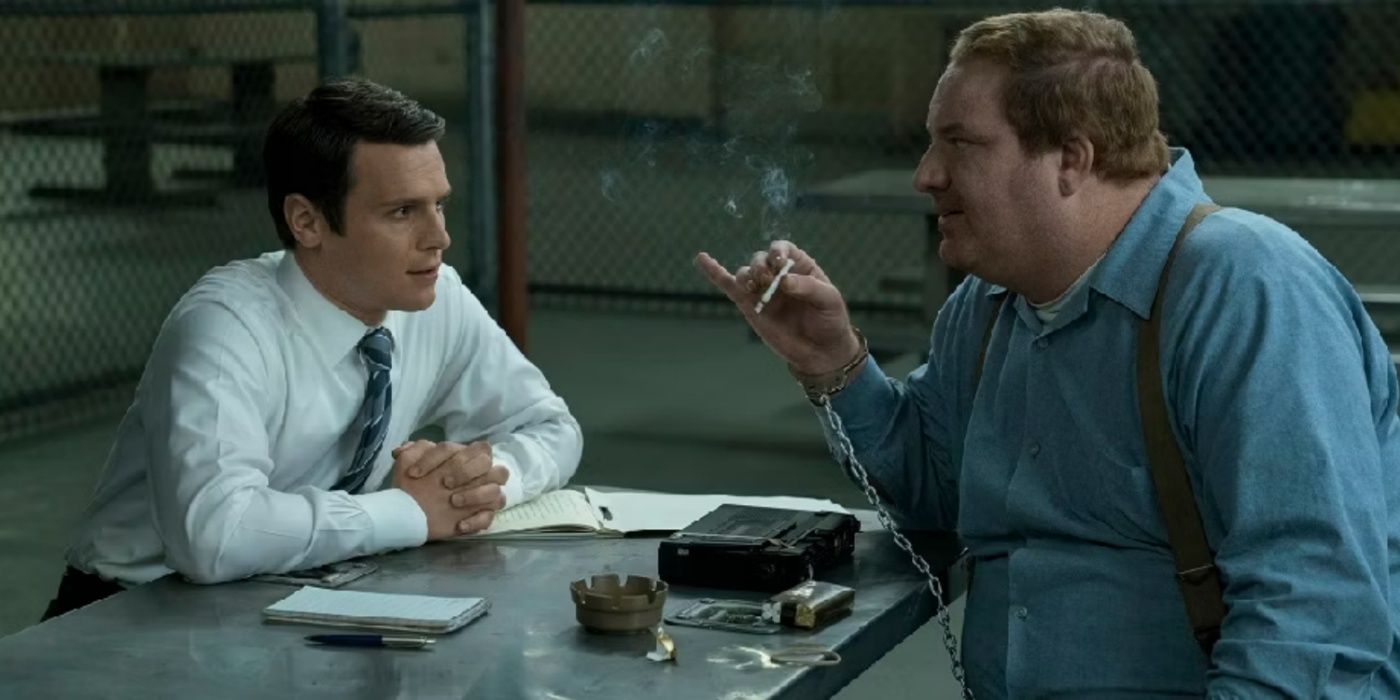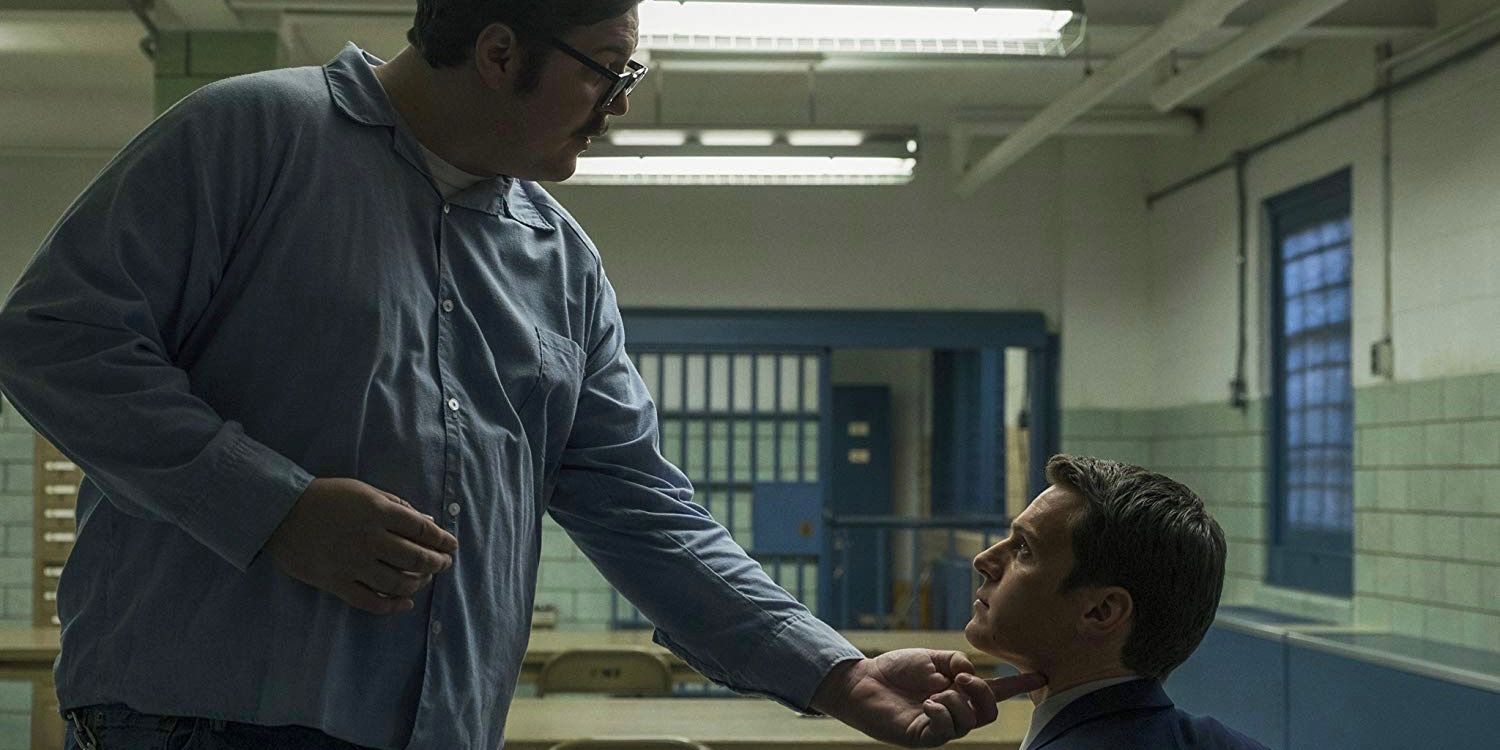While Netflix has achieved success with these productions, the platform has also faced backlash. Dahmer stirred controversy over its portrayal of events surrounding several of Jeffrey Dahmer’s victims. Families of the victims criticized the show for retraumatizing them and alleged they were not consulted about the series, with some stating they felt exploited for entertainment. These concerns reignited debates about the ethical responsibilities of creators when adapting real-life tragedies. While a balance of dramatization and realism lies at the heart of Netflix’s approach, the platform’s true-crime series frequently spark discussions about truth and artistic license.
How Mindhunter Got True Crime Right (& Where It Stumbled)
Crime Expert Praises Accuracy, But Points Out A Glaring Misstep





In Insider’s How Real Is It? series, former homicide detective Pat Postiglione reviews Mindhunter for its accuracy in depicting the Atlanta child murders and Ed Kemper’s arrest. Postiglione awards the Mindhunter Atlanta case a perfect score of 10 out of 10, citing its detailed representation of forensic investigation, but gave Kemper’s portrayal a 7 out of 10 due to a notable inaccuracy in the show’s dramatization of the killer’s arrest. Discussing the investigation behind the Atlanta child murders depicted in season 2, episode 8, Postiglione remarked:
This case was based on the Atlanta child murders, and there was evidence, in terms of trace evidence. There were carpet fibers found on some of the victims that linked back to him. Let’s say we find the crime scene, we have a homicide victim, and we find some fibers on this victim that later down the road we’re able to link to that sweater we took out of the killer’s closet, for example. That would be one way of linking him to fibers.
He also praises the show’s depiction of the FBI’s stakeout strategy, which mirrored a real-life case he worked on:
We had a serial killer that was killing people at fast-food restaurants. He was using Captain D’s, for example, robbing and killing everybody. So we staked out all the Captain D’s in the area, hoping he’d try to hit while we were obviously staked out. [In] this case, they’re doing the exact same thing.
They’re staking out the rivers, hoping he’d dump his next victim. It sounds like they had a lot to stake out. I don’t know if they had the manpower to do it, but you may stake out this area tonight, and that area tomorrow night. It has to be a process you can’t quit on. A lot of it’s guesswork, but it’s educated guesses, usually.
However, Postiglione points out a significant misstep in the portrayal of Kemper’s arrest in Mindhunter season 1, episode 10. The notorious serial killer was shown chained to the end of a hospital bed by just one of his ankles with only one FBI agent in the room. Here’s what he had to say:
Mindhunter is a book where real FBI agents profile serial killers. One of the real killers profiled is Ed Kemper, who was portrayed here. Kemper was responsible for at least 8 deaths. A killer like Kemper would not be handled like that. There’d be guards with him. There’s no way he’d be able to move freely like that. Absolutely impossible. And he would not be chained to the bed. There’s no way he’d be able to get out of the bed and walk around as freely as he was doing in this clip.
Our Take On Mindhunter’s Accuracy
The Challenges of Staying True To Real-Life Cases
However, like most true-crime series, Mindhunter isn’t without its missteps. The dramatization of Kemper’s arrest, for instance, took liberties that were “absolutely impossible.” While these deviations serve to heighten the drama, they risk undermining the show’s otherwise painstaking realism.






